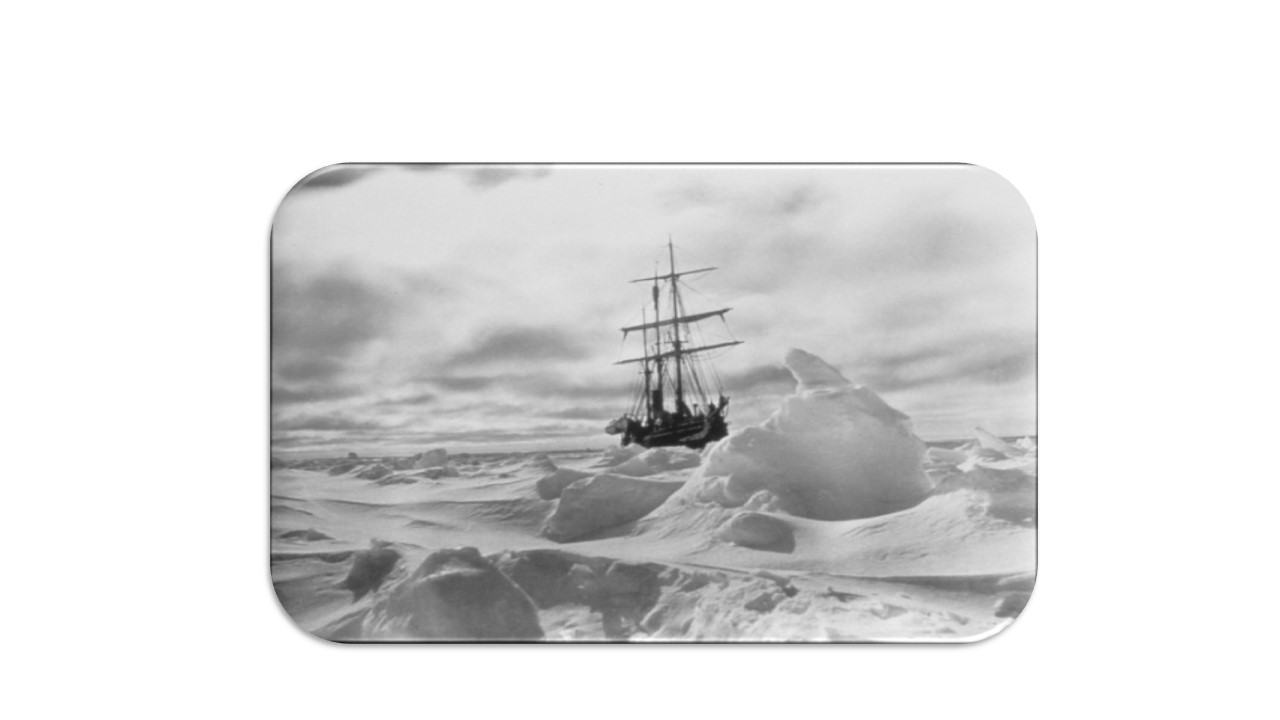Summoned to Lead is not like most leadership books and yet Leonard Sweet, if one has read any of his writings, is not like most authors either. However, being different is why Summoned to Lead, I believe, is very worthy of one’s time and energy.
Sweet uses Sir Ernest Shackleton, the Antarctic explorer, as a case study in an understanding of leadership as an acoustical art enabling readers to explore, not what or who great leaders are, but what great leaders actually do. Unfortunately, state-of-the-art leadership is better styled state-of-the-artless leadership.
The ability to find one’s voice and to hear and call other voices into harmonious sound is the essence of a Shackleton-inspired definition of leadership as the acoustical art of imagining the future.
Sweet believes that for the music of the soul to be restored to us and our organizations, leadership needs to be seen as less a performance art (visionary, manager) than a participation art (conductor, choreographer, impresario).
Shackleton became a great leader the same way John Kennedy became a war hero: his boat sank. And that was one of his expedition’s kinder episodes.
Shackleton and his crew of 28 men were stranded in Antarctic conditions, not for seconds or minutes, but for years. From 1914 to 1917 Shackleton led his men to safety through the harshest climate and severest conditions imaginable. In spite of a true “nuclear winter,” Shackleton “never lost a man.” This story is known as “the greatest survival story in history.”

It is against this story that Sweet draws out for the reader important and practical leadership actions. Shackleton combined the prophetic and priestly functions of leadership. He reached out to where his crew was (priest) and reached out to where his crew was not but needed to go (prophetic). Reaching people where they are is how leaders form relationships. But reaching people where they are not is how leaders form hope for “what you can be” and help construct an imaginary future toward which people can direct their steps.
